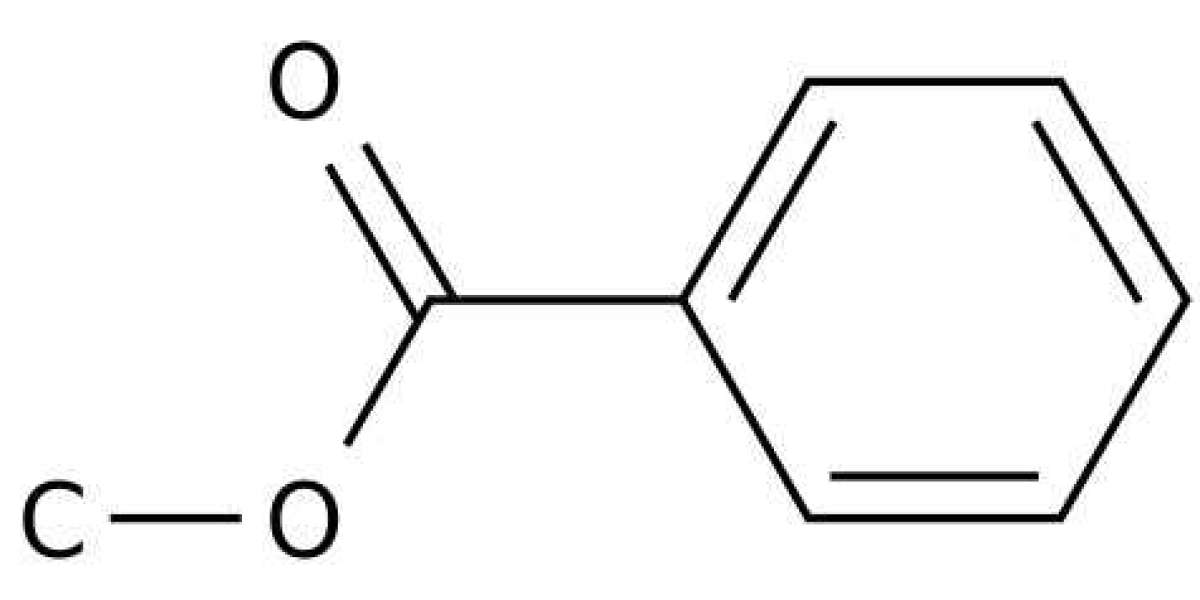In snapdragon flowers, the volatile ester methyl benzoate is the most abundant scent compound. It is synthesized by and emitted from only the upper and lower lobes of petals, where pollinators (bumblebees) come in contact with the flower. Emission of methyl benzoate occurs in a rhythmic manner, with maximum emission during the day, which correlates with pollinator activity. A novel S-adenosyl-L-methionine:benzoic acid carboxyl methyl transferase (BAMT), the final enzyme in the biosynthesis of methyl benzoate, and its corresponding cDNA have been isolated and characterized. The complete amino acid sequence of the BAMT protein has only low levels of sequence similarity to other previously characterized proteins, including plant O-methyl transferases. During the life span of the flower, the levels of methyl benzoate emission, BAMT activity, BAMT gene expression, and the amounts of BAMT protein and benzoic acid are developmentally and differentially regulated. Linear regression analysis revealed that production of methyl benzoate is regulated by the amount of benzoic acid and the amount of BAMT protein, which in turn is regulated at the transcriptional level.
In this study, we present a detailed analysis of the production of a volatile ester, methyl benzoate, in snapdragon flowers. We show that methyl benzoate is produced by enzymatic methylation of benzoic acid in the reaction catalyzed by SAM:benzoic acid carboxyl methyl transferase (BAMT). During the life span of the flower, the levels of methyl benzoate emission, BAMT activity, BAMT gene expression, the BAMT protein, and benzoic acid are developmentally and differentially regulated. Our results provide evidence that production of methyl benzoate is regulated by the amount of benzoic acid and the amount of the BAMT protein, which in turn is regulated at the transcriptional level. Overall, the data suggest that similar molecular mechanisms may be involved in the regulation of floral scent production in different plant species.
Headspace analysis in combination with gas chromatography–mass spectrometry (GC-MS) of volatiles emitted from flowers of 37 different Antirrhinum cultivars revealed that snapdragon flower scent is dominated by myrcene, trans-β-ocimene, and methyl benzoate. Methyl benzoate is the most abundant scent compound detected in the majority of snapdragon varieties. In these experiments, we collected head-space compounds from a single inflorescence with eight to 12 flowers at 24-hr intervals. No correlation was found between fragrance composition and flower color. The greatest amount of methyl benzoate emission was found in the Maryland True Pink cultivar, where it accounts for ∼60% of the total volatiles. This cultivar was used for further investigations. To determine variations in emission of methyl benzoate during the life span of flower development, we conducted time-course headspace collections from single, living flowers at 24-hr intervals. Unopened flowers (buds) emitted no methyl benzoate. Emission of methyl benzoate began at anthesis but at a very low level (1.8 μg per flower for 24 hr), reached a peak between days 5 to 8, and declined thereafter. At peak, 56.5 μg was emitted per flower in 24 hr.


